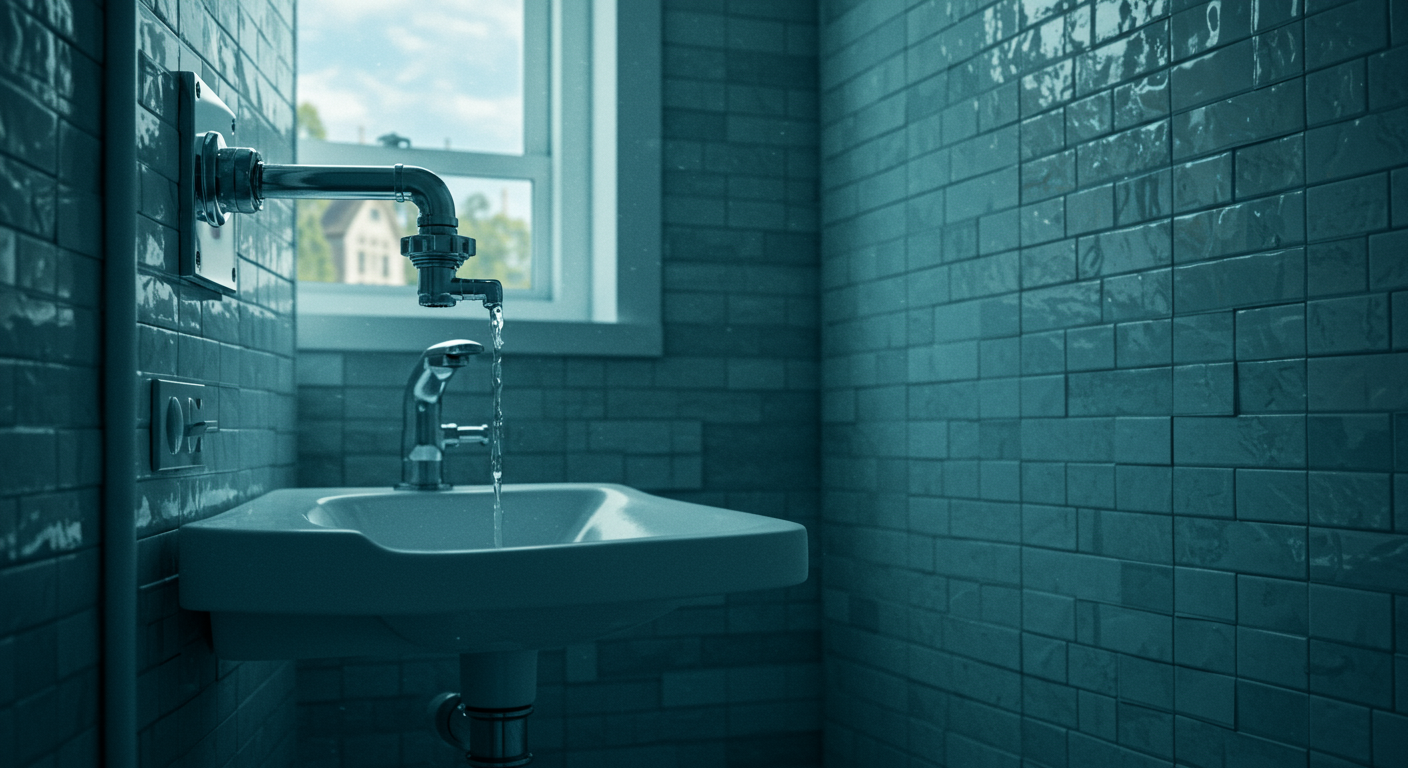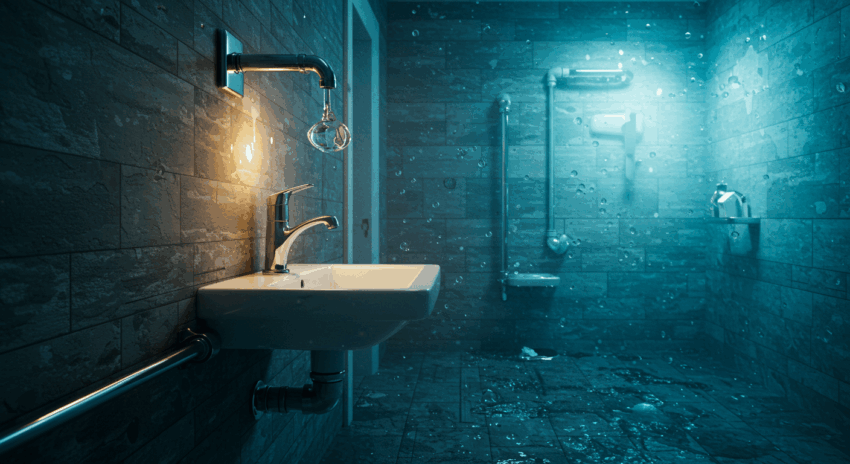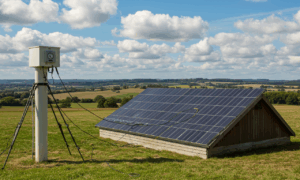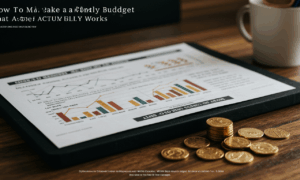Are you seeking effective ways to save on your water bill? As utility costs climb, managing household expenses is vital. Water, an essential resource, significantly impacts these outgoings. This article provides comprehensive strategies and practical tips to reduce your water consumption and lower your water expenses, leading to substantial savings and a more sustainable lifestyle.
Understanding Your Water Bill
To effectively reduce your water bill, first understand its components. Bills typically detail water consumed (volume charge), a fixed service charge for infrastructure maintenance, and wastewater/sewage fees, often linked to your freshwater use. Some utilities use tiered rates, where water costs more per unit as consumption rises. Familiarize yourself with these elements on your statement to identify where cost-saving measures will be most effective. Recognizing how your usage impacts different charges is the first step towards smarter water management.
Identifying Water Leaks – The Silent Wallet Drainer
Leaks are a primary culprit for high water bills, silently draining your finances. Even minor drips accumulate, significantly increasing water consumption. Actively search for them. For toilets, add food coloring to the tank; if color seeps into the bowl without flushing, there’s a leak. Check faucets and showerheads for drips. Inspect under-sink pipes for moisture.
A key test involves your water meter: ensure no water is running, note the reading, then re-check after an hour or two. A changed reading indicates a hidden leak. Promptly repairing leaks is crucial for savings on your water bill and preventing costly water damage. This vigilance can translate directly into lower expenses.

Water-Saving Habits in the Bathroom
The bathroom typically accounts for the highest water usage in a home. Simple habit changes here can significantly cut your water bill.
- Shorter showers: Shorter showers save gallons; aim for five minutes.
- Tap off: Turn off faucets while brushing teeth or shaving. A running tap wastes considerable water.
- Low-flow fixtures: Install low-flow showerheads and faucet aerators to reduce water flow without losing pressure. Aerators are cheap and easy to fit.
- Toilet upgrades: Replace older toilets with low-flush or dual-flush models to drastically cut water per flush.
These mindful adjustments yield substantial savings and contribute to overall water efficiency.
Conserving Water in the Kitchen
The kitchen offers many opportunities to curb water consumption and lower your water bill.
- Full loads: Run dishwashers only when full. Modern dishwashers often beat handwashing with a running tap for efficiency.
- Efficient handwashing: If washing by hand, fill basins instead of letting water run. One for washing, one for rinsing.
- Smart prep: Wash produce in a basin, not under running water; reuse water for plants.
- Fix drips: Promptly repair leaky kitchen faucets.
- Cold water: Keep a pitcher of water in the fridge to avoid running the tap for cold drinks.
Integrating these practices into your kitchen routine will help you conserve water effectively.

Efficient Laundry Practices
Your laundry routine significantly impacts household water usage. Optimize your washing habits to save water and energy.
- Full loads only: Maximize washing machine efficiency by only running it with a full load of clothes.
- Adjust water levels: If your machine allows, select the water level appropriate for your load size.
- High-Efficiency (HE) machines: When replacing, consider an HE washer. They use much less water and energy, offering long-term savings on your water bill.
These practices also prolong clothing life by reducing unnecessary washing.
Outdoor Water Conservation – Beyond the Walls
Outdoor water usage for gardens and lawns can inflate your water bill, especially in warmer seasons. Smart landscaping and watering are key.
- Water wisely: Water early or late to cut evaporation. Water deeply, less often, for strong roots.
- Targeted watering: Use soaker hoses or drip irrigation for direct root watering, minimizing waste. A can works for small spots.
- Mulch: Apply mulch around plants to retain soil moisture and reduce weeds.
- Xeriscaping: Choose drought-tolerant or native plants suited to your climate to greatly reduce outdoor water needs.
- Check outdoor leaks: Regularly inspect outdoor taps, hoses, and irrigation systems.
- Sweep, don’t spray: Clean driveways and sidewalks with a broom, not a hose.
- Harvest rainwater: Install rain barrels to collect free water for plants.
Mindful outdoor water management leads to substantial bill reductions.

Upgrading to Water-Efficient Appliances and Fixtures
Water-efficient appliances and fixtures offer continuous, automatic water savings, often paying for themselves via lower utility bills. Look for WaterSense labels or similar eco-certifications indicating superior water efficiency.
Consider these upgrades:
- Toilets: Modern low-flush toilets (1.28 gallons per flush or less) save significantly over older models (3.5+ GPF).
- Showerheads: WaterSense models use ≤2.0 gallons per minute (GPM), down from 2.5 GPM or more.
- Faucet Aerators: These inexpensive devices reduce flow rates effectively.
- Washing Machines & Dishwashers: ENERGY STAR certified models use considerably less water and energy.
Check for local utility rebates for these upgrades. Such proactive investments are a smart component of your overall savings plan.
Monitoring Your Water Usage
Active monitoring of your water consumption is vital for controlling your water bill. Track your usage like any other financial metric.
- Read your meter: Learn how and regularly check your water meter. This helps spot unusual spikes or confirm conservation success.
- Analyze bills: Scrutinize your water bills. Compare current usage with past periods to identify trends or the impact of your efforts.
- Understand seasonal use: Expect higher usage in summer. Knowing this helps set realistic goals.
Consistent monitoring enables informed decisions for effective water-saving.
The Bigger Picture – Water Conservation and Financial Well-being
Learning how to save on your water bill extends beyond mere frugality; it’s smart personal finance. Accumulated savings from reduced water consumption can be substantial over time.
Redirect these funds towards crucial financial goals: boost your emergency fund, reduce debt, or explore investment options. Water conservation also carries environmental benefits, preserving a vital resource. This dual advantage of financial prudence and ecological responsibility makes every drop saved doubly rewarding. Your efforts improve your budget and contribute to sustainability.
Conclusion
Effectively managing and reducing your water bill is achievable by combining awareness, new habits, and smart upgrades. From fixing leaks to adopting water-wise practices and investing in efficient technology, every action helps.
These consistent steps towards financial efficiency and lower utility costs can start today. Implement these strategies to control your water consumption, realize noticeable savings, and better your financial standing while supporting environmental health.
Frequently Asked Questions (FAQ)
Q1: How much can I realistically save on my water bill by implementing these tips?
A1: Savings vary by usage, household size, local rates, and adopted measures. Many achieve 10-30%+ savings on their water bill. Fixing leaks alone offers significant reductions. Consistent application of multiple strategies yields the best cost-saving results.
Q2: Are water-efficient appliances and fixtures significantly more expensive?
A2: Some high-efficiency appliances have higher upfront costs, but many fixtures like low-flow showerheads are affordable with quick ROI. Long-term savings on water often offset initial prices. Check for utility rebates to make these water-efficient upgrades more accessible.
Q3: What’s the very first step I should take to start reducing my water bill?
A3: The most impactful first step is a thorough leak check, especially for toilets. Concurrently, analyze your current water bill and usage patterns. This provides a baseline and helps identify quick wins for water conservation and immediate bill reduction.



